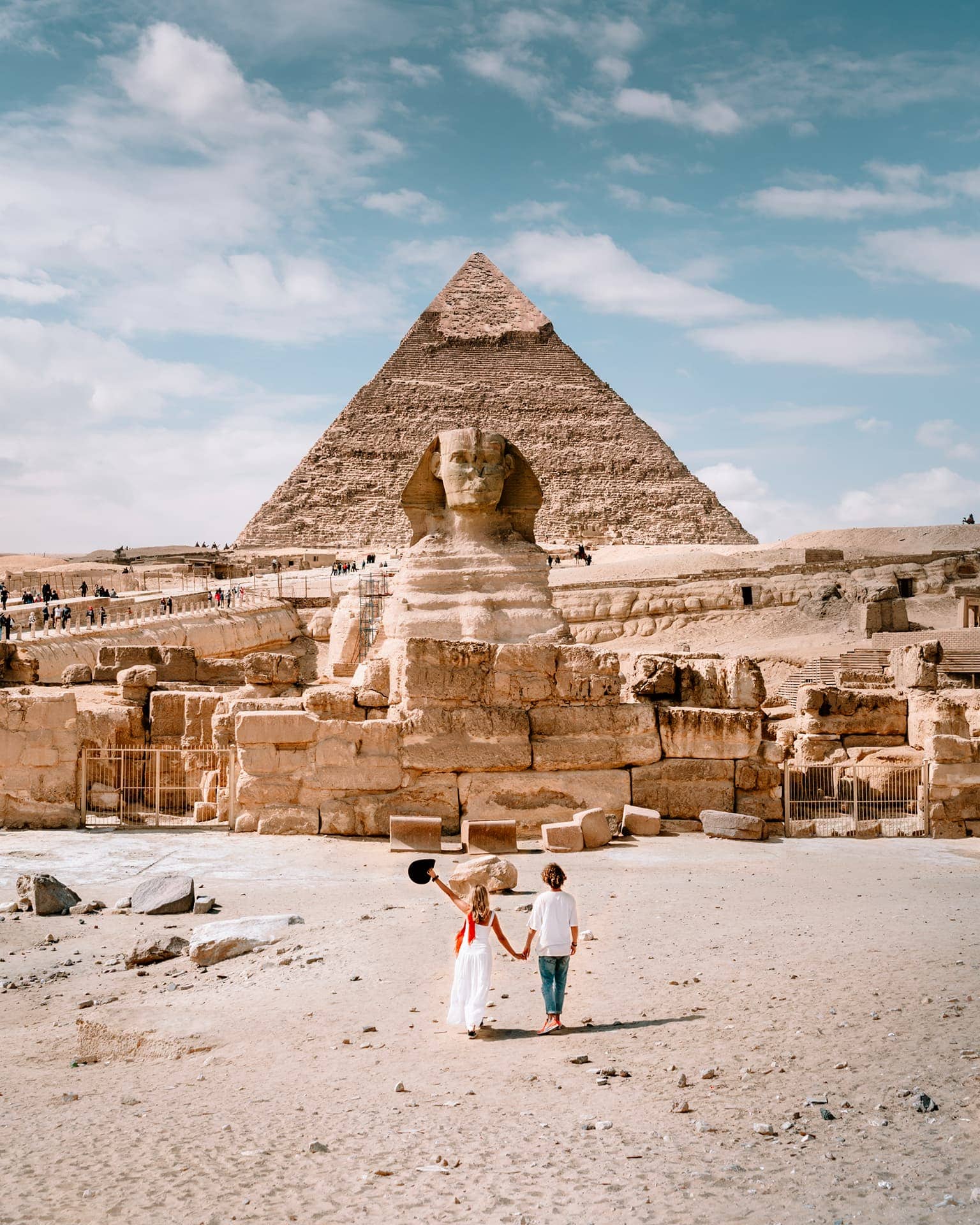Imhotep, a figure of unparalleled brilliance and innovation in ancient Egypt, transcends the bounds of time as one of history's most revered polymaths. Born during the Third Dynasty of the Old Kingdom, likely in the 27th century BCE, Imhotep's multifaceted talents spanned disciplines as diverse as architecture, medicine, astronomy, literature, and government administration. His legacy endures as a testament to the boundless potential of the human intellect and the transformative power of knowledge.
Imhotep's most enduring achievement lies in his architectural prowess, notably his groundbreaking design of the Step Pyramid complex at Saqqara. Serving as the vizier, or chief advisor, to Pharaoh Djoser, Imhotep conceived and executed a revolutionary architectural plan that departed from traditional burial practices. The Step Pyramid, consisting of six gradually decreasing mastabas stacked on top of one another, represented a monumental leap forward in Egyptian funerary architecture. Imhotep's innovative use of stone masonry techniques showcased his mastery of engineering and design, laying the foundation for the monumental pyramids that would follow in later dynasties.
Beyond his architectural achievements, Imhotep was revered as a pioneering physician and healer. His expertise in medicine earned him a reputation as a miracle worker, and he was deified in later periods as the god of healing. Imhotep's medical treatises and prescriptions, although largely lost to history, undoubtedly contributed to advancements in healthcare practices and the alleviation of suffering among the ancient Egyptian populace.
Imhotep's intellectual curiosity extended far beyond the realms of architecture and medicine. He is believed to have made significant contributions to astronomy, mathematics, and literature, although much of his writings have been lost over time. Nevertheless, his name became synonymous with wisdom and learning, inspiring generations of scholars and thinkers across the ages.
Imhotep's enduring legacy as a visionary thinker and innovator continues to captivate the imagination of humanity. His name is invoked with reverence as a symbol of the transformative power of knowledge and the limitless potential of the human mind. As visitors marvel at the ancient monuments of Egypt, they pay homage to Imhotep's indelible imprint on history and celebrate the enduring legacy of one of civilization's greatest minds.
 English
English











